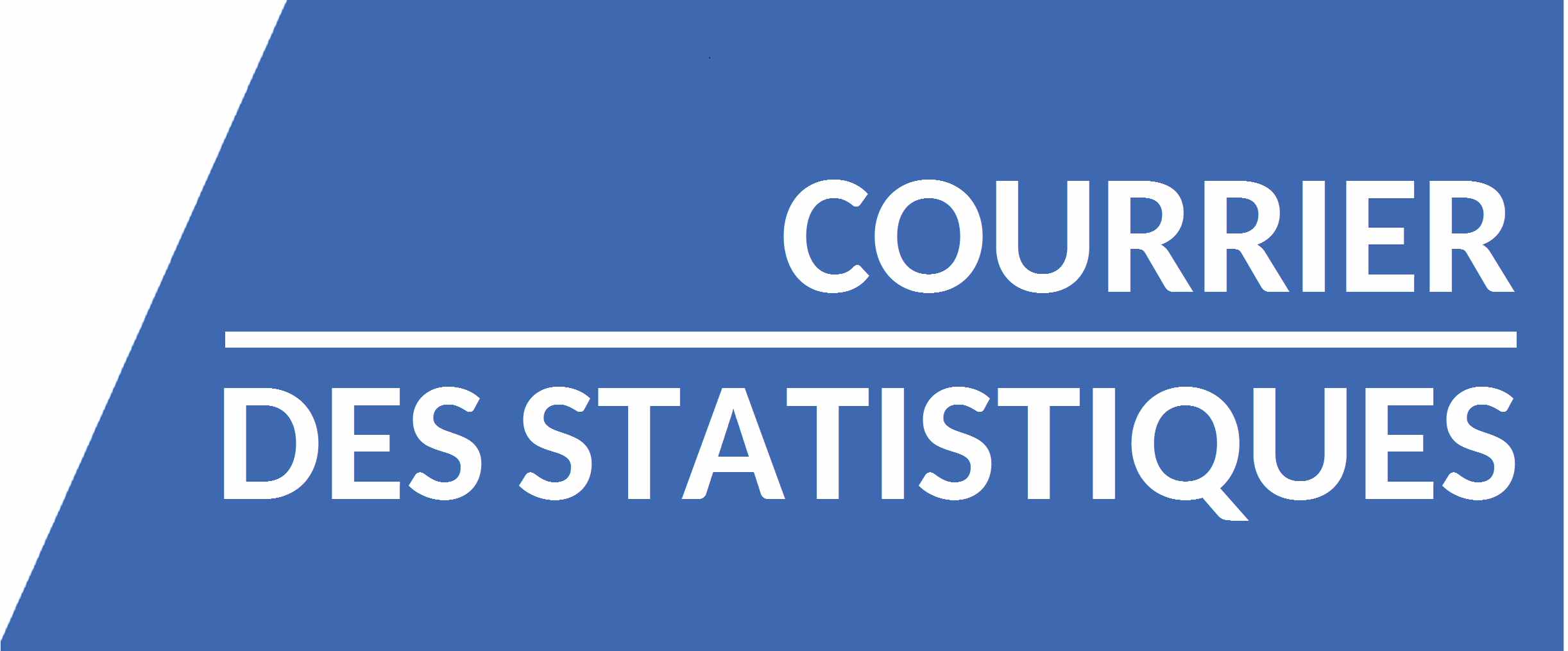 Courrier des statistiques N2 - 2019
Courrier des statistiques N2 - 2019
Presentation of the Issue
Issue N2 of the Courrier des statistiques illustrates the diversity of the themes that the review is intended to highlight and the international dimension of the challenges raised by official statistics.
The dossier on Germany, introduced by Sylvie Lagarde, is part of the tradition of cooperation that has existed for nearly thirty years between INSEE and DESTATIS, the German Federal Statistical Office. The article by Arno Bens and Stefan Schukraft, both based in DESTATIS, describes the approach taken in Germany to modernise administrative registers and the resulting challenges for German public statistics. Pascal M. Rivière presents one of its flagship operations, the Mikrozensus, backbone of an integrated household survey system by 2020.
In his article on measuring citizens' security and satisfaction with institutions in France, François Clanché shows that the United Nations' sustainable development goals, and in particular the 16th entitled "Peace, justice and effective institutions", have given a new impetus to official statistics. In particular, it has developed its investigation system to assess the measurement of discrimination and corruption. However, indicators are not yet covered, either for technical reasons, or because international operational definitions have not yet been established, or because official statistics are reluctant to invest in new fields, particularly governance, which is not always easy to understand conceptually and to measure in a robust way.
Dominique Bonnans described RMéS, INSEE's new statistical metadata repository. Adopting international standards, RMéS will ensure that French official statistics have a high degree of consistency in their documentation, and above all will enable them to take a step forward by managing metadata as real data. It will provide services throughout the life cycle of a statistical operation, both to feed the repository and to access its content. Several INSEE applications will also be able to use metadata, for example to specify questionnaires, describe controls or dissemination products. RMéS will also be intended to provide a vehicle for coordination within the public statistical service.
Magali Demotes-Mainard recalled INSEE's role in the electoral process since 1946, in particular the maintenance of the General Register of Electors from which the electoral lists of the communes were drawn up. INSEE's responsibilities were strengthened by the 2016 law, which established a single electoral register and entrusted it with its management. In three years, INSEE launched and completed the Élire project to build this new repertoire. It has thus delivered an integrated system, automating the exchange of information between the various actors, voters, municipalities, consular posts and INSEE. The system is highly secure and manages more than two million movements each year. The initialization of the directory was a project in itself, which required the validation of a database of 48 million records. The Single Electoral Register will have been used in full scale for the first time during the European elections on 26 May 2019.
Philippe Scherrer then retraces the origins of the European system of short-term business statistics when the Euro and Economic and Monetary Union were created. It recalls that this regulatory framework has been amended several times to improve the relevance and coverage of indicators and to better meet the needs of the European Union and the European Central Bank. The new Fribs Regulation on the integration of all business statistics, adopted in April 2019, will improve the consistency of both structural and short-term business statistics and with the European Group Directory. It will also provide short-term statistics with better coverage of trade and services. French short-term statistics, which are based on a proven production system, have adapted or anticipated these European developments.
Finally, Olivier Haag presents the company profiling work carried out by INSEE to better identify relevant economic actors. These operations are made necessary by the emergence of corporate groups and new accounting practices that have sometimes significantly changed the autonomy of legal units. Insee thus identifies companies in the economic sense, within the most complex and diversified groups. It then collects or calculates statistics on these new contours. Using monographs for the largest groups (those of the CAC 40) and exchanges with their departments, INSEE is working to automate the profiling process in order to eventually cover mid-cap groups, particularly those listed on the stock exchange.
Paru le :27/06/2019


